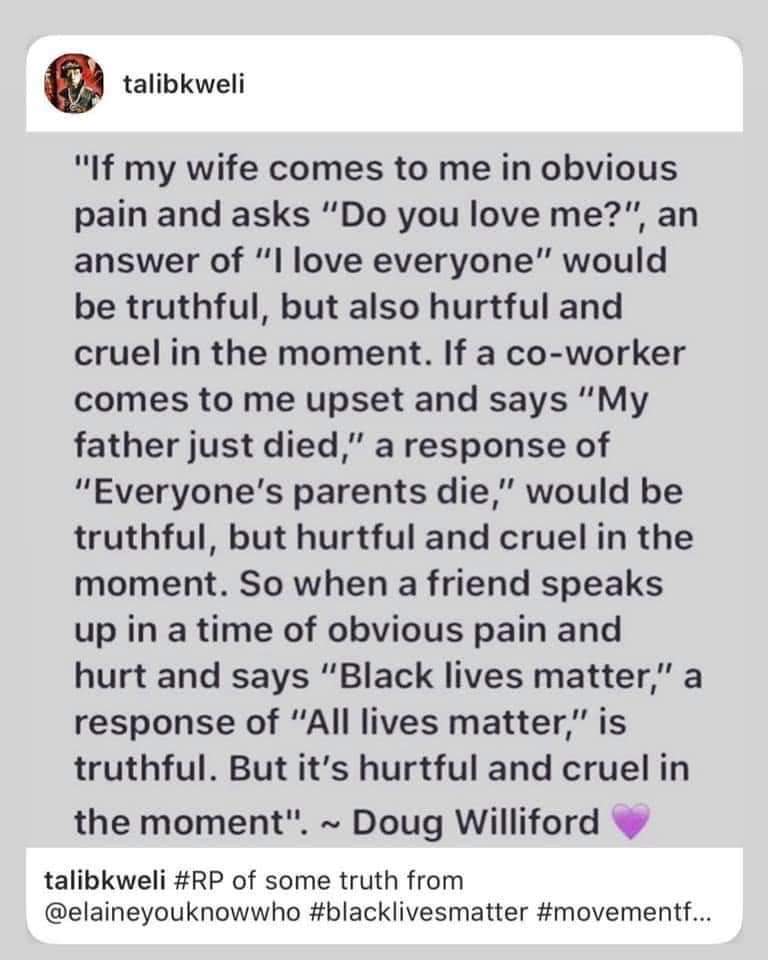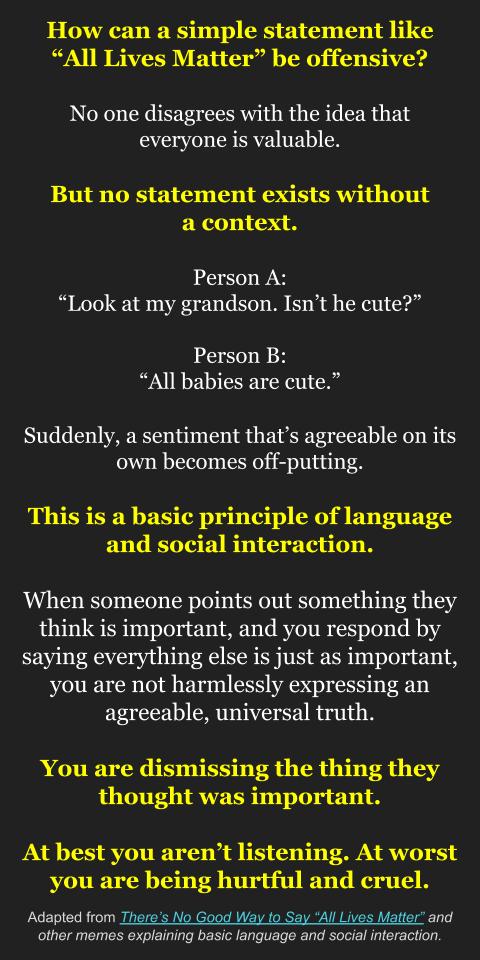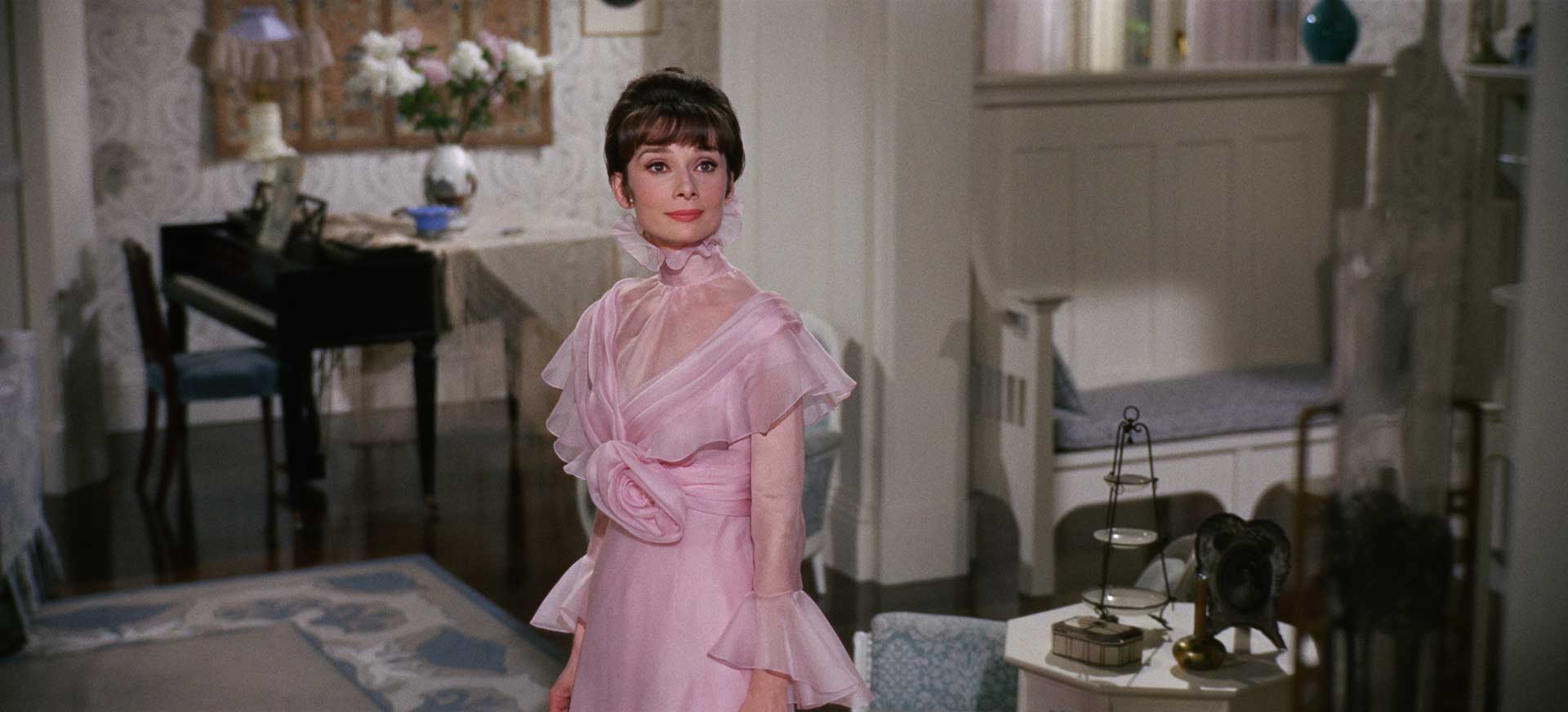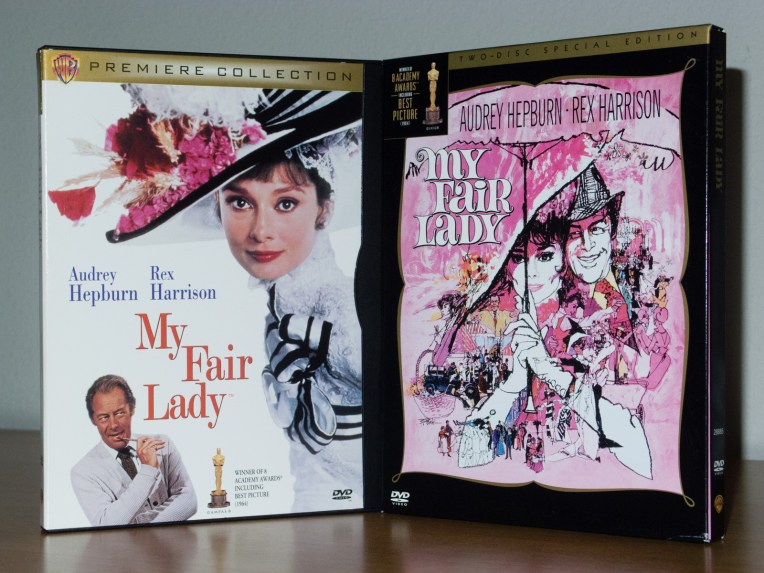
Reflections on a posthumous discovery of the actress in her first starring role
When Audrey Hepburn passed away on January 20, 1993, I was 19 and a sophomore in college. In that nascent Internet era, this meant the news of Hepburn’s death propagated through newspapers, magazines, and TV/cable news.
At the time, I was nominally familiar with Hepburn as an actor – I’d been introduced to her when my middle school English teacher showed us My Fair Lady after reading George Bernard Shaw’s play Pygmalion – but I knew nothing about her other performances until mass media became saturated with the news of her untimely demise from a late-stage cancer diagnosis. The loss was all the more tragic because she had been devoting her post-acting career to humanitarian efforts with the United Nations Children’s Fund (UNICEF), an organization that had helped her as a child in Europe at the end of World War II.
In the weeks following her death, there was no shortage of retrospectives on her life, career, and humanitarian work, but People, Life, and Time magazines dominated the newsstands by pulling from Time, Inc.’s vast archive of photos. I was particularly drawn to the still images since I was thinking of becoming a photojournalist, and had always been attracted to old Hollywood glamour portraiture.
Inevitably, as I heard and read more about Hepburn, I became inspired to seek out her performances on home media (VHS, at the time). “She won an Academy Award for Roman Holiday,” I considered, “so why not start there?”
Little did I know what a profound effect the film would have on me – a movie some would dismiss as a mere romantic comedy, but that the more astute would defend as having a rare dose of reality from its reverse-fairy tale premise. I was surprised how instantly I became an AUDREY HEPBURN FAN, falling for her much like the world did some 40 years earlier.
As my fandom grew over the next few years, my friends teased me for my obsession with Hepburn, something I tried to deny since I felt like I was above such tendencies. But looking back more objectively, I admit I was obsessed. She had become my sole movie star idol, and any time I wasn’t spending on my studies, I was spending reading biographies about her life, photocopying magazine articles and photos, and tracking down VHS releases of her other films. It’s perhaps telling – about my fanaticism, but also the general availability of her films on home media – that one of my expressed life goals at that time was to watch every film she’s appeared in (note: I still haven’t unlocked that).
While my fan reputation is known far and wide among my friends – so much so that sometimes even I’m surprised by who knows (“Do I really talk about it that much?”) – I’d always struggled to articulate my feelings for why, without overstating or misrepresenting things and making it seem…well, weird. It wasn’t until I read J.K. Rowling’s Harry Potter and the Goblet of Fire, that I found something that properly described it.
Early in Rowling’s novel, readers are introduced to magical creatures called Veela, who have a compulsive effect on the male characters. Rowling is very careful not to describe the compulsion as sexual lust, but as an intense admiration that makes them want to be close to the Veela or do things to impress them. It is, essentially, a very innocent, pre-adolescent, kind of love or infatuation, that is non-sexual or, perhaps, uncomplicated by sexuality.
And that is how I first felt and continue to feel about Hepburn – an “intense, uncomplicated admiration” for her physical beauty, inner goodness, and all the grace, charm, and style that has been endlessly written about her. It may be something people who grew up in a country with a monarchy understand better than those of us in the United States. However, I think even people in the States can relate to this sentiment when they consider Princess Diana, the way people all over the world – even in the U.S. – held her in such high esteem, and the global sense of loss we experienced when she died. Though Hepburn only played a princess in Roman Holiday, she may as well have been royalty given her regal bearing and grace, and ultimately the way in which people responded to her as a person and public icon.
Though I’ve now seen all of Hepburn’s major films, Roman Holiday remains my favorite for the feelings of “innocent admiration” it elicits even now, and the fact it captures Hepburn’s persona better than any film that follows. Many critics have opined that Hepburn deserved to get the Academy Award for one of her subsequent performances (e.g. in The Nun’s Story), rather than the one she turned in for Roman Holiday. I don’t necessarily disagree – given how closely it seems her Princess Anne seems to mesh with what we know of her as a person, it’s hard to really call it “acting.” And yet I can’t really blame Hollywood for being so smitten with her they essentially awarded Hepburn for playing herself, or some idealized version of it. I probably would have cast the same vote that denied the win to the likes of Leslie Caron (Lili), Ava Gardner (Mogambo), and Deborah Kerr (From Here to Eternity), doing nothing for the Oscars’ reputation as a popularity contest.
Collecting Roman Holiday on Home Video
I picked up Roman Holiday on VHS in the mid-1990s. Obviously it was a must-own after my initial viewing, which I believe was a rental.
DVD came on the scene in 1997, and though the title wasn’t yet available on the format, I stayed true to form and made my first DVD purchase a Hepburn film – My Fair Lady. It wasn’t until 2002 that Roman Holiday arrived on DVD, after going through an extensive “digital cleanup” by Lowry Digital Imaging (a sign that the original film elements weren’t as carefully preserved as one would hope).
In early 2015 I caught wind that the film had been “restored,” though what that meant exactly was not clear, as the work in 2002 was also called a “restoration,” but didn’t exactly qualify by film preservation standards.
By the end of 2015, the restored version started making the rounds at local theaters through Fathom Events. Typically that meant a home media release was on the way, but the only outcome of the screenings was iTunes and Vudu digital platforms now had an “HD” version. Nevertheless, most viewers reported the digital copy to look fantastic, indicating that if the film ever did make it to Blu-ray, it would offer the best possible picture quality to show off the restoration.
Years went by without a Blu-ray release, however, and inquiries on the subject (a few of which I instigated) were basically answered by statements that Paramount Home Entertainment had no plans to re-release titles they’d already put on the physical media market (even if the original release was in standard definition).

It wasn’t until the studio announced in early 2020 its Paramount Presents Blu-ray line that it seemed there’d been a change of heart, and releasing Roman Holiday began to look less a matter of “if,” but “when.” The exact “when” ultimately materialized much sooner than I expected (given how long it had been already, I wasn’t getting my hopes up) and thanks to my friend Ron Epstein at Home Theater Forum I was able to be part of the July 2020 press event announcing the long-awaited release of the title on Blu-ray. Head of Paramount Archives Andrea Kalas confirmed the film had been restored in 2015, as well as described the nature and condition of the surviving film elements. A couple weeks ago renowned film restorer Robert Harris offered his praise of the Blu-ray picture quality, giving fans the reassurance that Paramount Archives has given the film the best possible treatment in the restoration and archiving process.
As of Tuesday September 15, 2020 I officially have the Blu-ray in hand. I admit that after so many years of wondering about and waiting for the release that there was a bit of an anti-climax when I opened the package, but as others have celebrated its arrival with me, and have watched the film and become new fans, I’m looking forward to revisiting it now for myself and sharing it with friends and loved ones in the years to come. Roman Holiday on Blu-ray has been a long time coming, but I’m grateful it has finally arrived.
Bonus Feature: It’s Yours Once You Give it Away
During the VHS era I picked up a budget title that was supposed to be a Hepburn biography, but was largely a collection of old news clips about her without much narrative substance. Eventually I sold it to the local used CD store.
Some time after, one of my co-workers told me she found something on a library freebie shelf (I believe in Florence, of all places) that she thought I should have. To my amusement it was the same VHS title I’d sold off, but as I looked at it more closely I also saw it had a price tag from the CD store I’d sold mine to. Though there weren’t other distinguishing marks to confirm it was the exact same copy I’d tried to get rid of, I couldn’t deny the serendipity of the whole thing, and I happily returned the VHS tape to my collection, where it must now stay FOREVER.







 Tuesday, October 27th — the Blu-ray release date of the newly restored
Tuesday, October 27th — the Blu-ray release date of the newly restored 






